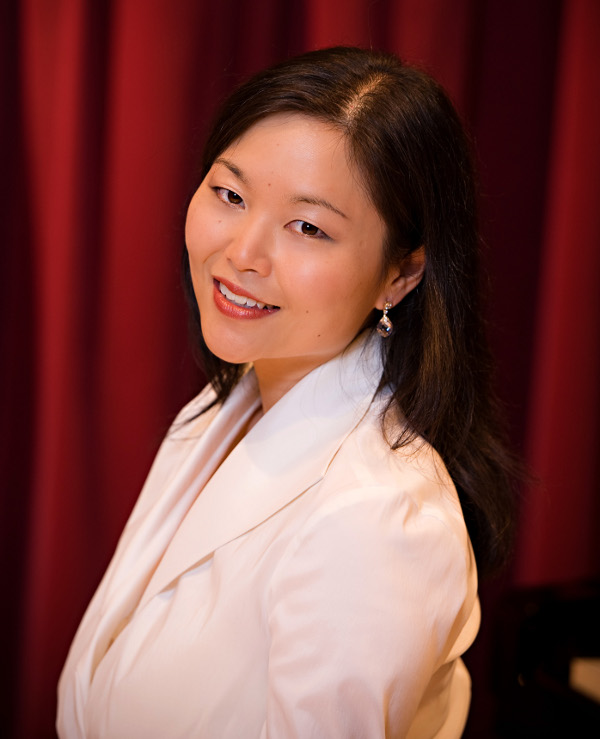This is, perhaps, my most personal post. I generally don't get into my feelings, yada yada yada, but skiing and singing have collided.
As I write this post, my leg is elevated and there is ice on my knee. By the time you read this, I'll likely know my fate.
Last Saturday I was completing the last run of the day. It was a beautiful warm day of February skiing. It felt more like late April with weather in the lower 40s and sun streaming down. As I turned from the sunny slope to the shade of a copse of trees, something went wrong. I don't know if I hit a patch of ice or if my knee gave out first, but I found myself on the ground. There was no discernible noise of my knee popping but after I got up, I could feel that something wasn't right.
I skied back to the lodge on one leg (didn't know I could do that!). I've now seen my PT and scheduled an appointment with an orthopedic doctor. The PT thinks it is a torn ACL. I'm not in a lot of pain, but my knee feels unstable and is swollen. It's my first injury in a very long time.
I share all this because, knock on wood, I've been relatively injury free as a singer. You may not know this but singers can have a myriad of problems with their voices. From vocal cord injuries to injuries that disrupt breathing (bruised ribs from other activities) to jaw issues (TMJ).
This is the first injury that has really had an impact on my movement in a major way. Last night I did a recital on crutches and limping. On Saturday, I'll be doing a high-energy kid's opera with a crutch as well.
I am worried about what will happen next. This unexpected intersection of skiing and singing is definitely not a welcome addition. It was bound to happen at some point and I am trying to handle it with as much grace and tact as possible. I'm grateful that I still have motion and did not break any bones.




